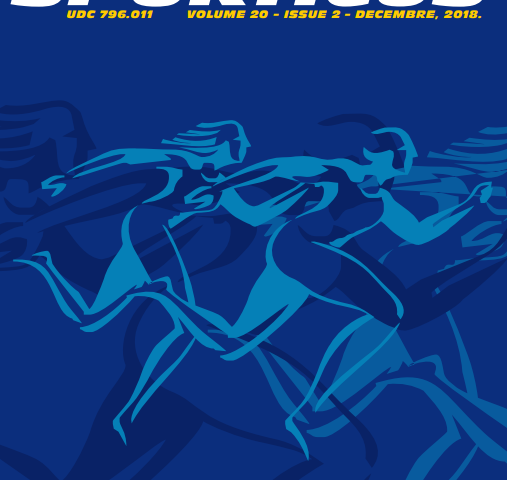Abstract
Aim of the study was to compare the effects of the low intensity back squat performed at alternate velocities on power, strength and H/Q ratio. The study was conducted on male students population (n=33) randomized in slow speed group (STG), fast speed group (CSTG) and controls (CG). Main study outcome was significant improvement in squat 1RM with 22.8% and 25% for the STG (p<0.001) and CSTG (p<0.001), 6.3% quadriceps peak torque of the lessdominant (PTQ l, p<0.001) for the STG, and 3.4% dominant limb peak torque (PTQ d, p=0.045) in CSTG. STG increased their both leg average thigh circumference (CT) by the 6.7% (p<0.001). Both STG and CSTG had no significant changes in hamstring peak power and hamstring to quadriceps ratio (H/Q ratio). Results are suggesting that speed of the back squat performed does not differently affect power and strength and that variability of the intensity is most important for the power increase. Squat 1RM improvement was probably caused by the technique adaptation and CT increase in STG. CSTG improved their 1RM due to technique efficiency improvement. Further researching should be conducted in terms for marking the body adaptation mechanisms to alternate squat speed at same intensity.


